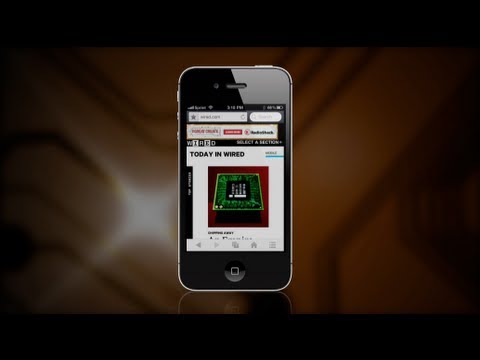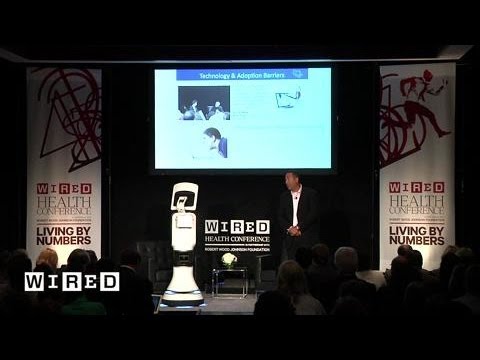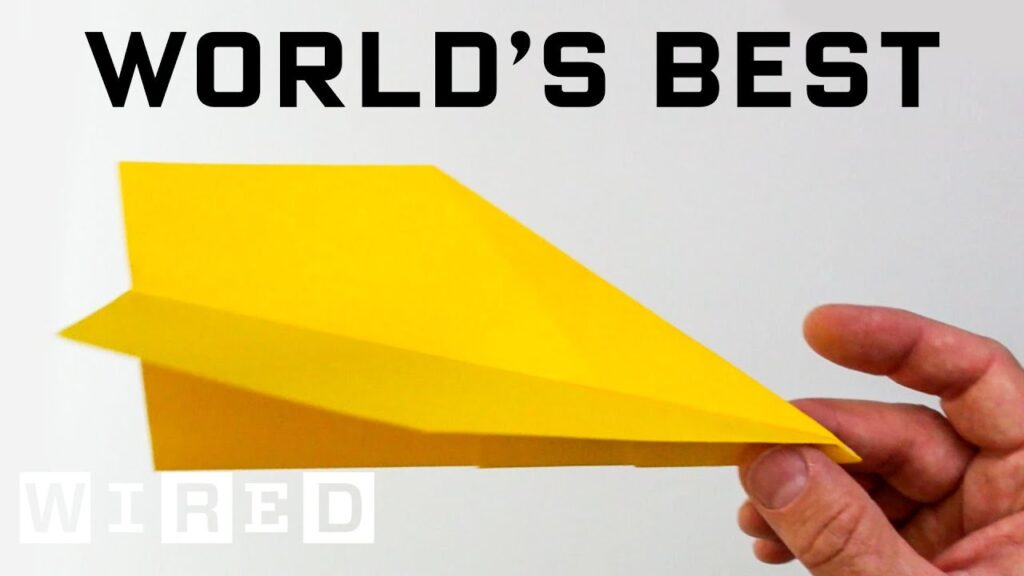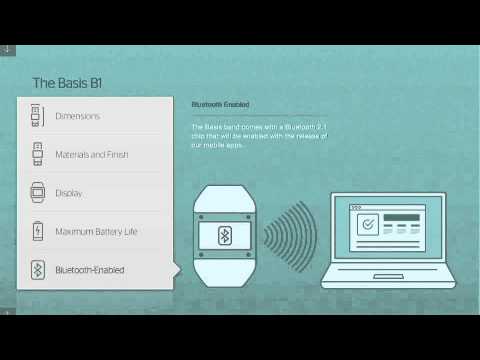Quantum Sensing: Harnessing Quantum Mechanics for More Accurate Measurements
Summary
Quantum sensing is a field that uses quantum mechanics to measure and sense microscopic phenomena. Scientists are trying to leverage the unique properties of particles at a micro scale to build sensors that are more sensitive and reliable than current technologies. The use of quantum phenomena allows for more precise and potentially more accurate measurements, reaching the limits of what is possible in sensing.
Table of Contents
- What is the definition of quantum sensing?
- What is nitrogen vacancy center in diamond and how is it used to sense microscopic phenomena?
- How does quantum computing use superposition in quantum sensing?
- What are some challenges of using quantum sensing technology?
- How many individual nuclear spins can be identified, and what types of engineers are required for quantum sensing?
Introduction
Quantum sensing is a remarkable field where scientists use the principles of quantum mechanics to sense and measure microscopic phenomena. The traditional sensors we use in our daily lives rely on classical mechanics and are, for the most part, quite accurate. However, these sensors reach their physical and theoretical limits, and beyond these limits, quantum sensing takes over. In this article, we will discuss the basics of quantum sensing, its principles, and its applications.
Q&A
What is the definition of quantum sensing?
The definition of quantum sensing varies among professionals, but any tool that uses superposition could be considered one. The excitement of quantum sensing lies in pushing the boundaries of sensitivity, specificity, and identifying fundamental physical limits. Scientists could achieve this by leveraging access to single quantum degrees of freedom, like a single photon or a single spin.
What is nitrogen vacancy center in diamond and how is it used to sense microscopic phenomena?
Nitrogen vacancy centers in diamond are a high-quality platform for studying spin properties, making them ideal for quantum sensing. The spins of an electron are similar to nuclear magnetic resonance, but the former is more sensitive than the latter. The diamond sensor is created by implanting nitrogen and bombarding it with electrons, annealing it to get the nitrogen vacancy centers. These centers can be used to look at chemistry inside cells, and their properties make them attractive for use in sensing.
How does quantum computing use superposition in quantum sensing?
Quantum computing uses the idea of superposition, the key to both quantum sensing and computing. In quantum mechanics, a particle can exist in multiple states simultaneously. This property is used in quantum computing to perform multiple calculations at once. In quantum sensing, this same property allows for sensors to detect changes in magnetic fields that may not be detectable using classical sensors.
What are some challenges of using quantum sensing technology?
Limiting noise and fluctuations is a big challenge in quantum technology, which interferes with the signal, and some are intrinsic to the experiment. Researchers are interested in building entangled quantum sensors, which require managing the interaction between spins. Another challenge is developing scalable technologies that will be cost-effective and practical to manufacture.
How many individual nuclear spins can be identified, and what types of engineers are required for quantum sensing?
In some groups, more than 300 individual nuclear spins around a single electron can be identified, and up to 15 of them can be controlled. The types of engineers required for this field are diverse, including electric, chemical, material, and biologic, making it a cross-sectional area of science. Since the quantum world is tiny, harvesting unique properties at the micro-scale is essential to creating new technologies and measurements that are impossible to make today.
Conclusion
Quantum sensing is an exciting and growing area of research, where scientists are using the strange properties of the quantum world to create new sensors that push the boundaries of sensitivity, specificity, and accuracy. The use of quantum phenomena allows for more precise and potentially more accurate measurements that reach the limits of what is possible in sensing. The challenges of working at the micro-scale and managing quantum noise are many, but the development of entangled quantum sensors and other scalable technologies is opening up new possibilities for research and application. Quantum sensing is a field that can have significant implications for many applications, from medical diagnoses to navigation and beyond.







